The Rise and Triumph of the Secular Muslim: A Genealogy
A feasible demarcation between the sacred and the profane domains of human activity is what secular thinkers, from the Enlightenment onward, sought to formulate. This project led to the partition of the rational, scientific, and public from the irrational, divine, and private — a division that now dominates the modern weltanschauung. Yet the resilience of religious communities and ideas in the face of such subjugation has characterized much of the past two centuries. In this respect, the Muslim world has long been perceived as an uncompromising force that continues to challenge the secular order. The persistence of this narrative, however, betrays the enduring psychology of modern intellectuals, who tend to frame faith-based communities as tribal and uncivilized on account of their beliefs.
Dīn: A Holistic Conception of Life
What this framing often ignores are the diverse streams of thought within the Muslim tradition that have shaped the encounter between Islam and the West — among which is the emergence of the Western Muslim self. The integrated worldview of Islam (dīn), which defined the Muslim subject of the pre modern caliphate, stands in sharp contrast to the constructed, relational, and politicised self of the liberal Muslim. Hallaq, in The Impossible State, argues that the dīn, as perceived by Muslims, was a totalizing framework integrating moral, legal, and political domains into a single idea of divine accountability, enforced by Tawḥīd, which made the ethical and the juridical inseparable. In this perspective, the epistemic and moral foundations that defined the functioning of everything from the judiciary to schools were rooted in the Muslim belief in one God. Rather than blind conformity to predetermined rules and unalterable interpretations of basic texts, this framework meant that universal and overarching values and principles determined the everyday functioning of society.
The exile of the sacred from the public domain, and the consequent disenchantment of the material world in the wake of Enlightenment secularism, suppressed the epistemic authority of Islam in favour of reducing religion to a more private and individualized discourse. The epistemic violence that thus ensued ensured that the very ideas which had once determined the moral, juridical, and political horizons of Muslim societies were reconstituted within the narrow confines of a privatized, secularized discourse — a transformation legitimized by what Aníbal Quijano terms the coloniality of knowledge and sustained through the internalization of these categories by Muslims themselves.
Politicising the Muslim Subject
The census of India, first introduced in the late 19th century and systematized from 1871 onwards, marked a decisive moment in the colonial construction of Muslim identity. By categorizing populations into rigid religious groups, the census reduced Islam to a statistical entry — a marker of identity inscribed in documents. This bureaucratic act fixed “Muslim” as a communal label, erasing the fluidity and plurality that had characterized precolonial social belonging.
Alongside this, the introduction of Anglo-Muhammadan law — a selectively codified and poorly informed body of civil law — confined Islam to the narrow domains of marriage, inheritance, and family life. In stripping Islamic law from its epistemic and spiritual foundations, the colonial state redefined Islam as a mere “personal law,” thereby desacralizing its role in social life. In the Indian subcontinent, these legal and bureaucratic interventions crystallized a Hindu–Muslim binary whose consequences remain deeply evident in the subcontinent’s communal politics today.
The politicization of this was yet to take place. It finally did when the British government introduced communal electorates in India through the Indian Councils Act of 1909. In a bid to create a politically polarized society for administrative convenience, the British regime also engendered a deep sense of identity and otherness in the Muslim psyche.
This legal dynamic was the continuation of what Mahmood Mamdani identified as the legal dualism employed by imperial authorities, who, while asserting the universality of secular legal norms, applied native laws (often termed as customary or tribal law) in matters of personal governance, thereby creating governed societies that adhered to a particular rigid legal category. This was done in what Partha Chatterjee described as the inner domain, which in the modern world was the repository of religion, culture, or the irrational. But this struggle to internalise faith resulted in the metamorphosis of belief into identity, and thereby its extension into the outer domain. This project of disciplining religion—described by Talal Asad as “the construction of religion as a set of propositions to which believers give assent, or of practices that can be divorced from forms of life”—resulted in what may be termed a defensive communitarian resistance across the colonial domain.
The Expanding Horizons of Lutheran Reform
Orientalist critiques often framed Islam as a “sister religion” to Christianity, but one that was backward, imperfect, and incomplete. This comparative theology, first articulated in colonial scholarship, was later revived within modern discourses on Islamic identity. In a move typical of Renaissance and Protestant intellectual models, the Protestant conception of religion—as a matter of inner belief and private conscience—was universalized and imposed on all religious traditions worldwide. Islam was thus reconfigured through the lens of Luther’s paradigm, where the kingdom of God is to be found only in the heavens, and earthly authority must remain free from the control of religious institutions. This theoretical anchoring was not merely speculative: it was translated into colonial policymaking, which sought to confine Islam to the private sphere, stripping it of its juridical and political dimensions.
It was from this template that the liberal-secular Muslim self-emerged. Islam was to be refined, reformed, and made compatible with the liberal state and its secular morality—this became the very condition for its survival. In this sense, Islam was reimagined as one religion among many, deprived of its normative universality and reduced to a cultural identity-marker. It was thought that only this rationalized, domesticated version of Islam could withstand liberal scrutiny. Liberal regimes allow religion to exist only if it conforms to their rationality—hence the proliferation of categories such as “moderate Islam” or “civil Islam”—while marginalizing or suppressing holistic, resistant expressions of Islam that might suggest alternative world orders.
The exploration of the notion of piety by Saba Mahmood in Politics of Piety demonstrates that what is often dismissed as “traditional” Muslim religiosity in fact conceives of piety as an embodied and cultivated practice. Piety here is not about the expression of identity, but about the formation of the self in relation to divine authority through submission, discipline, and obligation. Liberalism, however, delegitimized these dimensions of Islam by redefining piety in secular terms: as a matter of privatized faith and inner belief. Within this framework, only those religious practices that appear as the “free choices” of autonomous individuals are recognized as legitimate, while the rest are dismissed as oppressive systems requiring reform.
The Muslim Nation after the Empire
After the end of formal colonial rule, Muslim-majority nation-states that emerged from the long process of cartographic masquerading inherited not only the territorial borders drawn by colonial powers but also their epistemic and intellectual foundations. The secular state, even when claiming to embody sovereignty of god, preserved the infrastructures of colonial domination: the bureaucratic apparatus, rationalized economy, and liberal civil and criminal codes. Islam, once the normative framework of public order, was reconstituted as a symbolic marker of authenticity. Neutralized of its universal claims, Islam was reduced to an emblematic indigenous identity—expressed in national anthems that invoked the name of Allah, in public holidays that aligned with Islamic festivals, or in constitutional clauses that declared Islam to be the state religion. Yet, in practice, the governing order remained infused with rationalist, secular, and statist ethos.
This duality produced what might be called the bifurcated postcolonial Muslim self: simultaneously the secular citizen and the believing Muslim. In everyday life, European jurisprudence continued to regulate the public realm while Sharīʿa was relegated to the private sphere of ritual and family law. The result was not the restoration of Islamic governance but its domestication into a cultural façade.
Case studies across the Muslim world demonstrate this dynamic vividly. In Egypt, for instance, while the 1952 revolution carried the rhetoric of Islamic legitimacy, its legal codes remained deeply shaped by the Napoleonic system, with Islam largely confined to family law. This tension became even sharper under Anwar Sadat, who styled himself as a “believer president,” instrumentalizing Islam as a moral and cultural resource while leaving untouched the colonial-legal scaffolding of the state. In Turkey, Mustafa Kemal Atatürk pioneered an even starker model: abolishing the Caliphate, imposing Western civil codes, and relegating Islam to the realm of folklore and cultural heritage—all under the banner of modernization. In Pakistan, though its founding vision proclaimed that sovereignty belongs to Allah, the newly-formed state carried forward the British Indian Penal Code, embedding colonial rationalities into its governance while invoking Islam as a moral compass. Similarly, in Indonesia, the largest Muslim-majority nation, the Pancasila ideology institutionalized a pluralist-nationalist framework, relegating Islam to a symbolic element of unity rather than the substantive source of governance.
This dynamic reflects what Partha Chatterjee terms “derivative nationalism.” Postcolonial nationalism in the Muslim world was derivative in the sense that it accepted the epistemic authority of Western political modernity—the secular state, the bureaucratic apparatus, the rationalized economy—while attempting to invest them with local symbols of legitimacy.
Negotiating Muslim Belonging in the Diaspora
Aside from their native homelands, the waves of postcolonial economic migration—alongside the longer history of colonial slave trafficking—constituted a major factor in the formation of Muslim communities in the West. The policies of both multiculturalism and assimilation, variously implemented across Western countries, contributed to the portrayal of Muslims primarily as a cultural identity, though one always constrained within the limits of liberal secularism. This identity was negotiable: Muslims were promised equality on par with the white majority through the recognition of their religious difference, but only under the normative condition that Islam be reformulated so as not to threaten liberal norms, while its status as a visible minority remained intact.
French assimilationism, which aimed to create a republic of citizens with no recognition of communal difference, represented an intense manifestation of the double-layered tolerance characteristic of the liberal nation-state. Muslims were compelled to integrate, a demand that required them to shed cultural and religious distinctiveness in the name of universal belonging. Policies of universal surveillance were implemented, resulting in repeated attempts to ban distinctively Muslim forms of dress. This was the logic of assimilationist laïcité: contrary to its claim of being an inclusive ideal of integration, it rendered Muslims hyper-visible as problematic minorities in need of discipline and control. By policing Islamic symbols so that they would not transgress liberal norms, it effectively stripped Islam of its legitimate public presence.
British multiculturalism, on the other hand, underwent a marked transformation in the late twentieth and early twenty-first centuries. Before the Rushdie Affair and the 7/7 attacks, Muslims were granted collective recognition through uniquely Muslim institutions, state funding, and community dialogue—policies that fostered and legitimized Muslim identity as a category of recognition and accommodation. After these turning points, however, multiculturalism gave way to securitization. The portrayal of Muslims as illiberal and hostile to free speech, particularly during the protests against The Satanic Verses, coupled with the implementation of the Prevent strategy in 2003, reframed Muslim religiosity as a sign of potential radicalization. What had begun as a politics of recognition was recast as a politics of suspicion, pathologizing Muslim identity and subjecting it to intensified monitoring under the imperatives of counterterrorism.
In the United States, the post-9/11 framing of Muslims as a “suspect community” marked a decisive shift in state policy. Theorizing of Muslim identity increasingly followed the binary of “good Muslim” versus “bad Muslim,” as articulated by Mahmood Mamdani, which made it an imperative for the state to monitor Muslim communities and institutions through mechanisms such as the Patriot Act and the Department of Homeland Security. The repercussions of the “War on Terror” for American Muslims were profound: the community was racialized, subjected to heightened surveillance, and rendered into a monolithic category of threat. This homogenizing gaze transformed Muslims into an object of counterterrorism legislation, where religious, ethnic, and cultural diversity collapsed into a single securitized identity.
Wendy Brown suggests that the discourse on tolerance that has shaped the West’s relation with Islam has always been embedded in power structures which construct a hierarchical relationship between the tolerating majority and the minority being tolerated. This marks the minority as problematic or even threatening. The conditioned and fragile survival of Muslims in the Western world is similarly constructed. Muslim difference is thus reinforced, stigmatized, and consolidated by positioning it as the illiberal self that needs to be managed. As Brown puts, “tolerance discourses sustain the very differences they claim to mitigate, producing the tolerated subject as simultaneously included and excluded, protected yet suspect.”
The Ultimate Distortion and Reconciliation
This long process of framing culminated in the aftermath of 9/11, when the global War on Terror reduced Muslim populations—both within Western societies and abroad—into a community marked as alien to the modern world. With the rise of New Atheism and its politicization of theology, the entire Muslim lifeworld was recast as a contentious ideological terrain to be dismantled, delegitimized, and ridiculed. The ultimate consequence of this framing, as Huntington’s thesis epitomized, was the construction of a world order in which dominant secular ideas were projected as the rational domain regulating the public sphere, while Islamic identity was positioned as the perpetual antagonist seeking to destabilize that order.
It was an alternative conception of Islam that emerged from this process which led to the rise and eventual triumph of the figure of the “secular Muslim” — now widely assumed, and even embodied, by many political leaders across the Islamic world. Once religion was cast primarily as an expression, stripped of its transcendent dimensions, it was reduced to a political marker that distilled a form of Muslimness deliberately aligned with the dominant construction of the modern self. This alignment enabled the secular world to recognize and affirm this figure as the “true” representation of Muslims, or rather, as what Muslims ought to become. Yet the paradoxes embedded in this figure — at once Muslim and secular, authentic and derivative, tolerated and instrumentalized — together with its complex intellectual genealogy and political implications, demand a fuller analysis that can only be undertaken in a separate treatment.
About the Author
Muhammed Nishad .K is a Degree First Year scholar in the Department of Arabic Language and Literature at Darul Uloom Islamic Daʿwa College, Thootha.
References
- Asad, Talal. Formations of the Secular: Christianity, Islam, Modernity. Stanford: Stanford University Press, 2003.
- Brown, Wendy. Regulating Aversion: Tolerance in the Age of Identity and Empire. Princeton: Princeton University Press, 2006.
- Chatterjee, Partha. The Nation and Its Fragments: Colonial and Postcolonial Histories. Princeton: Princeton University Press, 1993.
- Foucault, Michel. The Archaeology of Knowledge. Translated by A. M. Sheridan Smith. London: Routledge, 2002 [1969].
- Hallaq, Wael B. The Impossible State: Islam, Politics, and Modernity’s Moral Predicament. New York: Columbia University Press, 2013.
- Huntington, Samuel P. The Clash of Civilizations and the Remaking of World Order. New York: Simon & Schuster, 1996.
- Mahmood, Saba. Politics of Piety: The Islamic Revival and the Feminist Subject. Princeton: Princeton University Press, 2005.
- Mamdani, Mahmood. Good Muslim, Bad Muslim: America, the Cold War, and the Roots of Terror. New York: Pantheon, 2004.
- Malik, Kenan. From Fatwa to Jihad: The Rushdie Affair and Its Legacy. London: Atlantic Books, 2009.
- Quijano, Aníbal. “Coloniality of Power, Eurocentrism, and Latin America.” Nepantla: Views from South 1, no. 3 (2000): 533–580.
- Said, Edward W. Orientalism. New York: Vintage, 1979.
- Taylor, Charles. A Secular Age. Cambridge, MA: Belknap Press of Harvard University Press, 2007.
Disclaimer
The views expressed in this article are the author’s own and do not necessarily mirror Islamonweb’s editorial stance.

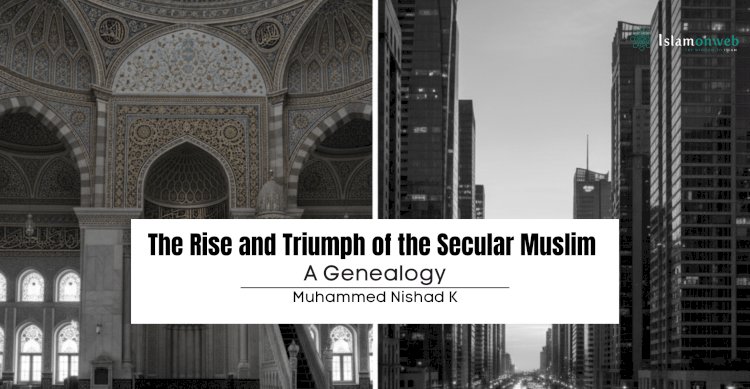



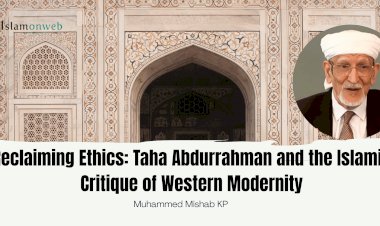
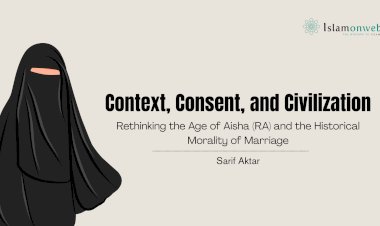
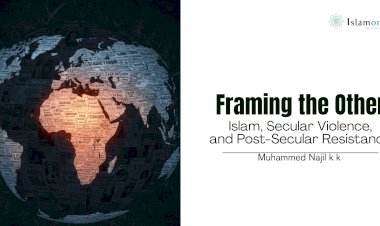
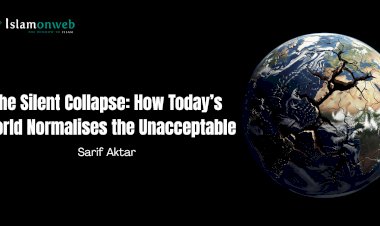
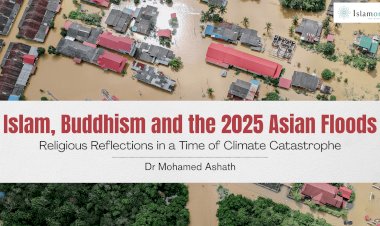











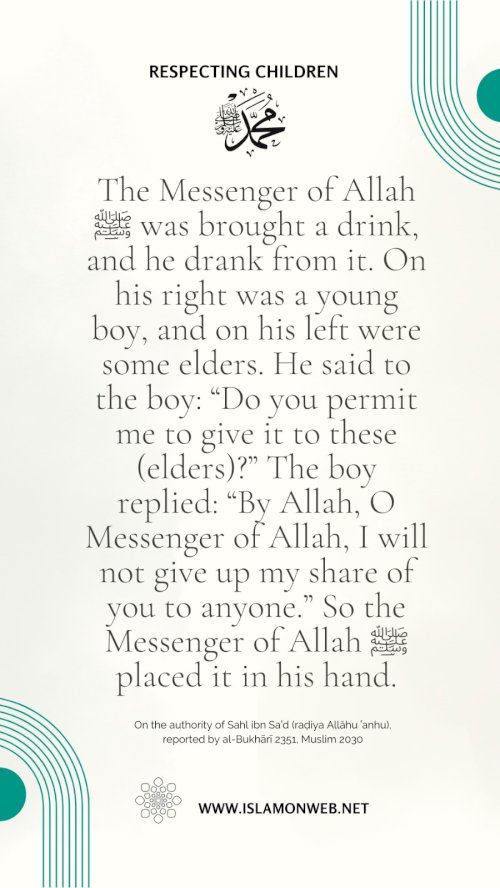
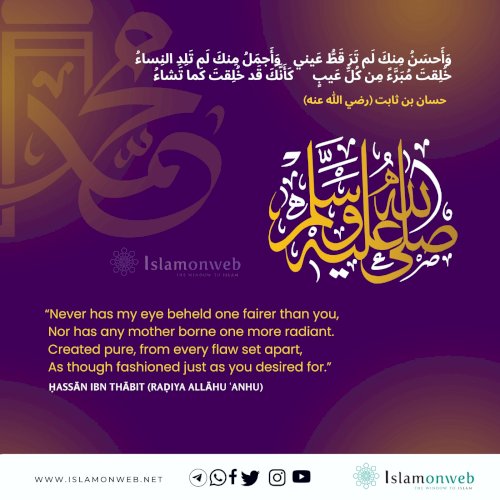
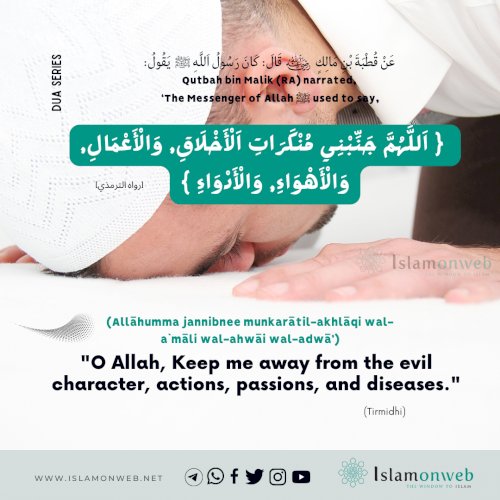
Leave A Comment